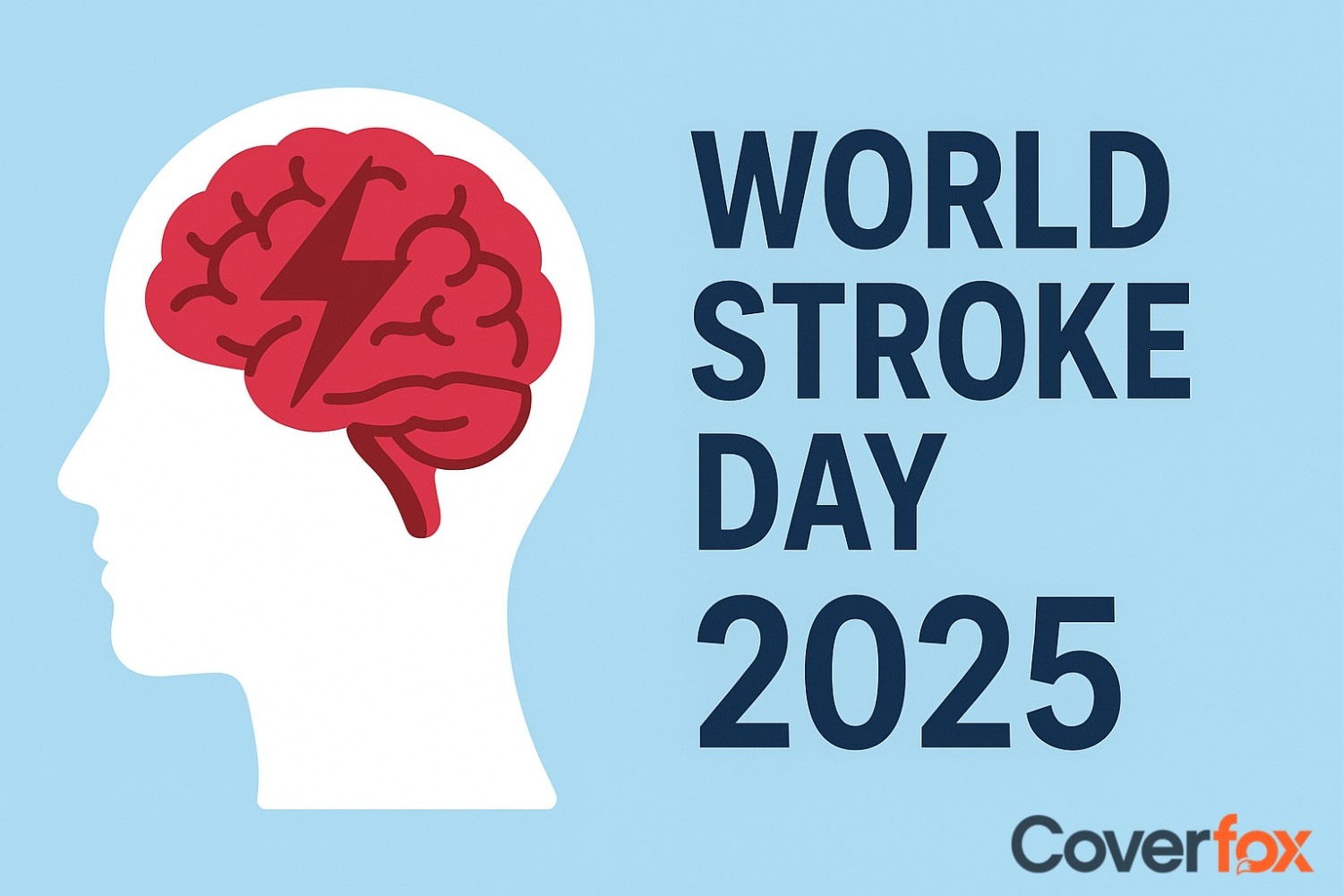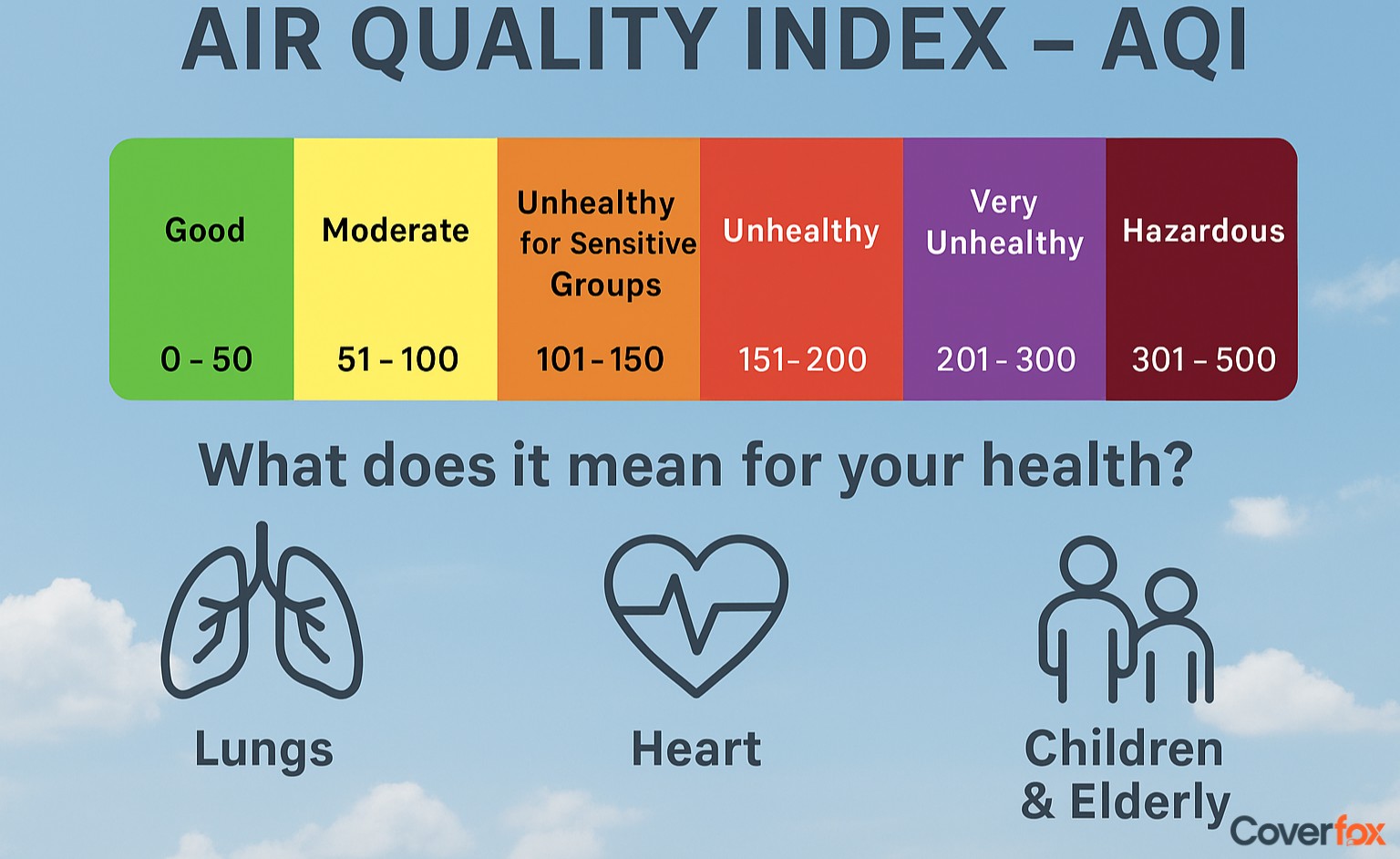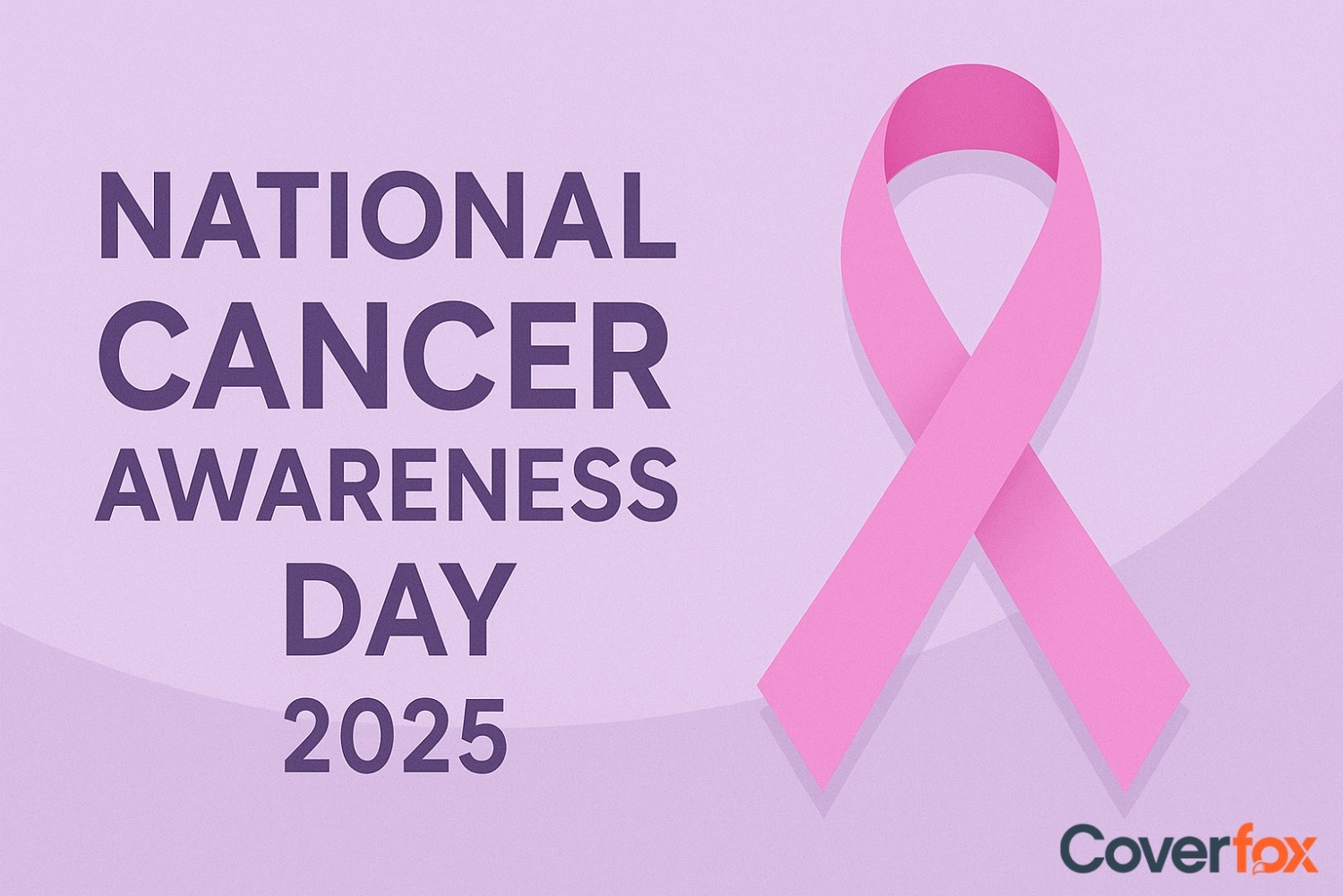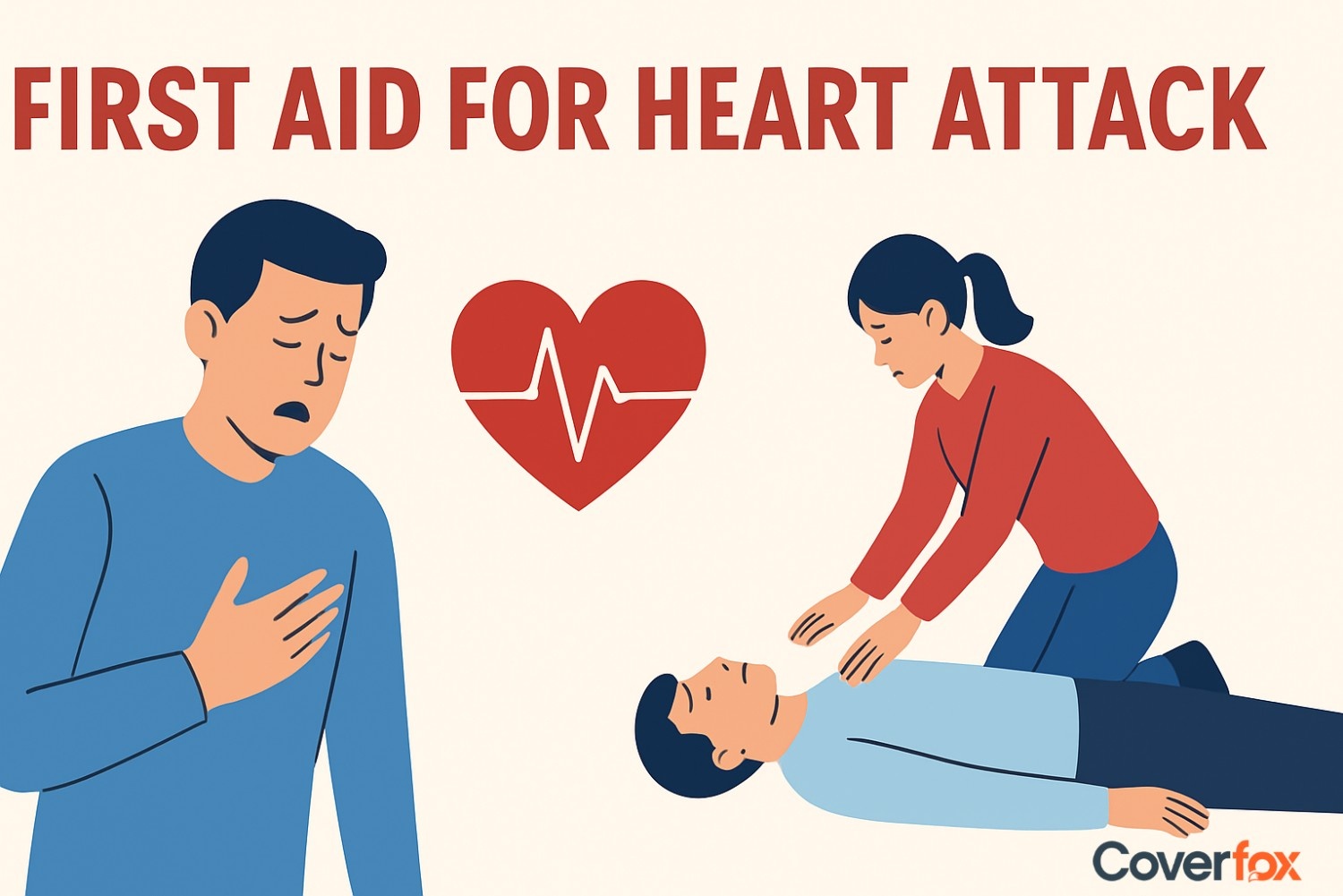World Stroke Day 2025, observed on 29th October, highlights the urgent need for stroke awareness, prevention, and timely action under the theme “Every Minute Counts.” Strokes remain one of the leading causes of death and disability globally, but most can be prevented through lifestyle changes like managing blood pressure, eating healthy, and staying active. The campaign encourages early recognition using the FAST method (Face, Arms, Speech, Time) and promotes community participation in awareness drives to help save lives through quick response and informed action.

World Stroke Day, observed on 29th October each year, serves as a vital reminder of the growing global threat posed by strokes. It’s a crucial opportunity to raise awareness about prevention, early detection, and recovery while urging collective action to combat the increasing incidence of strokes worldwide. This year, the focus of World Stroke Day is to spread awareness about the signs of Stroke and use the FAST Action method.
History of World Stroke Day
World Stroke Day was established to draw global attention to the serious impact of strokes and the importance of timely intervention. Over the years, it has evolved into a worldwide movement advocating better stroke prevention, care, and recovery.
Timeline:
- 2004: World Stroke Day was first established by the World Stroke Organisation (WSO).
- 2006: The WSO officially recognised 29th October as World Stroke Day to raise global awareness.
- 2010: The first global campaign theme focused on “1 in 6,” highlighting that one in six people will have a stroke in their lifetime.
- 2016: The WSO launched the “Face the Facts, Stroke is Treatable” campaign, emphasising early recognition and treatment.
- 2018: The “Up Again After Stroke” theme focused on rehabilitation and recovery.
- 2021–2023: Campaigns highlighted prevention through lifestyle changes and the importance of recognising early warning signs (FAST – Face, Arms, Speech, Time).
- 2024 onwards: The focus continues on building stroke-ready communities and promoting equitable access to stroke care worldwide.
Significance of World Stroke Day
World Stroke Day serves as a global reminder of the urgent need to prevent strokes, improve access to treatment, and support survivors in their recovery journeys.
Raises Global Awareness
Encourages Prevention
Supports Early Detection
Advocates Equal Access to Care
Empowers Survivors and Families
Drives Policy and Research
Educates people about stroke causes, symptoms, and the importance of immediate medical attention.
Promotes healthy lifestyle choices such as regular exercise, a balanced diet, and blood pressure control to reduce stroke risk.
Emphasises recognising the warning signs through the FAST method — Face drooping, Arm weakness, Speech difficulty, and Time to call for help.
Highlights the need for accessible and affordable stroke treatment and rehabilitation facilities worldwide.
Encourages emotional, physical, and social support systems for stroke survivors to rebuild their lives.
Inspires governments and health organisations to invest in stroke prevention, awareness, and long-term care initiatives.
Theme of World Stroke Day 2025
The theme for World Stroke Day 2025 is “Every Minute Counts”, highlighting how timely action can save lives and reduce disability caused by stroke. It urges people to recognise the warning signs early and seek immediate medical help. The campaign reinforces that every second lost can mean irreversible brain damage — making awareness and quick response the most powerful tools against stroke.
What Is a Stroke?
A stroke occurs when blood flow to a part of the brain is interrupted or reduced, depriving brain tissue of oxygen and nutrients. Within minutes, brain cells begin to die, leading to potential disability or death if not treated promptly.
Types of Stroke:
- Ischaemic Stroke: Caused by a blockage or clot restricting blood flow to the brain.
- Haemorrhagic Stroke: Occurs when a blood vessel bursts, leading to bleeding in or around the brain.
- Transient Ischaemic Attack (TIA): Often called a “mini-stroke”, it’s a temporary blockage that serves as a warning sign for future strokes.
The Global Impact of Stroke
Here are some facts on the impact of stroke on the world:
- Globally, over 15 million people suffer a stroke each year; of those, roughly 5 million die and another 5 million are left permanently disabled. (EMRO)
- According to the World Stroke Organisation, the number of incident strokes increased 70 % from 1990 to 2019, with stroke remaining the second-leading cause of death worldwide.
- In 2021, there were approximately 11.9 million new strokes and 93.8 million people living with the aftermath of stroke worldwide. (HealthData.org)
- Stroke incurs an estimated global economic cost of over US$721 billion (≈0.66 % of global GDP) according to recent global burden estimates. (PubMed)
- One in four adults over the age of 25 will have a stroke in their lifetime. (WSO)
- In India, there is about one stroke death every 4 minutes.
Recognising the Warning Signs – The FAST Method
Early recognition of stroke symptoms can save lives and significantly reduce long-term disability. The FAST method is a simple way to remember the key warning signs of a stroke and take immediate action.
F – Face
A – Arms
S – Speech
T – Time
Check if one side of the face droops or feels numb when the person smiles.
Ask the person to raise both arms. Does one arm drift downward or feel weak?
Listen for slurred or strange speech. Can they repeat a simple sentence clearly?
If you observe any of these signs, call emergency services immediately. Acting fast can make all the difference.
Awareness and Prevention: Reducing Your Risk
Stroke prevention starts with understanding your risk factors and making proactive lifestyle choices. Adopting healthy habits can significantly lower the likelihood of stroke and improve overall cardiovascular health.
High Blood Pressure
Diabetes
High Cholesterol
Smoking
Physical Inactivity
Unhealthy Diet
Excessive Alcohol Consumption
The leading cause of stroke; regular monitoring and medication can help keep it under control.
Manage blood sugar levels through diet, exercise, and medication to reduce stroke risk.
Limit saturated fats and include heart-healthy foods to prevent plaque buildup in arteries.
Quitting tobacco drastically lowers your chances of stroke and improves blood circulation.
Aim for at least 30 minutes of moderate exercise most days to maintain heart and brain health.
A balanced diet rich in fruits, vegetables, whole grains, and lean proteins helps manage weight and blood pressure.
Limit alcohol intake, as heavy drinking can elevate blood pressure and increase risk.
How to Participate in World Stroke Day 2025
You can take part in World Stroke Day 2025 by joining the World Stroke Organisation’s global campaign focused on early recognition and prevention of strokes. Download the official toolkit with posters and resources, host or register awareness events, and spread the message online using hashtags like #ActFAST. Educate your community about stroke warning signs and collaborate with local hospitals or schools to organise free screenings or workshops. Every small step helps raise awareness and save lives.
Key Takeaways
This World Stroke Day, let's ensure we are well acquainted with what a stroke is, why it is necessary to act immediately when seeing the signs of a stroke, and understand the FAST method to identify a stroke. Also, let us participate in this global campaign through local seminars, online seminars and via social media – to spread awareness and help fight the battle against strokes in the world. Having a stroke whilst uninsured adds to the burden of stress that is already going to the negative side of treating a stroke, so make sure you get a health insurance plan with critical illness treatments to ensure you are financially sound in the worst-case scenario.
Also Read:
Is Stroke Covered by Health Insurance?
Essential Guide: First Aid in Emergency Cases
Frequently Asked Questions
When is World Stroke Day?
World Stroke Day is observed every year on 29th October to raise global awareness about stroke prevention, treatment, and recovery.
Who is at higher risk of stroke?
People with high blood pressure, diabetes, obesity, high cholesterol, smoking habits, or a family history of stroke are at greater risk.
How long does stroke recovery take?
Recovery time varies from a few weeks to several months or even years, depending on the stroke’s severity and the quality of rehabilitation support.
What is the theme of World Stroke Day 2025?
The theme for 2025 is “Every Minute Counts”, highlighting the critical importance of recognising stroke symptoms early and acting fast to save lives and improve recovery.
What are the warning signs of a stroke?
Common warning signs include sudden numbness or weakness (especially on one side), slurred speech, facial drooping, vision problems, and loss of coordination.
Can strokes be prevented?
Yes, most strokes are preventable through healthy lifestyle habits like balanced eating, regular exercise, avoiding tobacco and alcohol, and controlling chronic conditions.
What should I do if someone is having a stroke?
Remember the FAST method — Face drooping, Arm weakness, Speech difficulty, Time to call emergency services immediately. Every second counts in saving a life.





